How does imidacloprid kill brown planthoppers in rice? What is the mechanism of action, and is its actual effectiveness trustworthy? The following article will help you understand.
Brown planthoppers are the most serious pests on rice plants. They not only cause direct damage by sucking plant sap but also transmit dangerous viral diseases such as stunted leaf curl and yellow dwarf. To effectively deal with this insect, Imidacloprid is considered the leading solution today. So how does Imidacloprid kill brown planthoppers on rice? Why has this active ingredient been trusted by millions of farmers for many years? The following article by Sataka will help you better understand the mechanism of action and how to use it effectively.
Imidacloprid is a neonicotinoid insecticide that mimics the mechanism of nicotine. It works by affecting the central nervous system of insects, disrupting nerve transmission and causing planthoppers to die quickly.
The strongest point of Imidacloprid is its excellent internal absorption ability. When sprayed on plants, the drug not only remains on the surface but also penetrates into leaf tissue, roots and sheaths. Thanks to that, even planthoppers hiding in hidden locations are completely destroyed.
In addition, Imidacloprid also has the ability to conduct, helping to protect the newly grown young parts of the rice plant for a few days after spraying. This is very important because planthoppers often choose young parts to reproduce and cause damage.
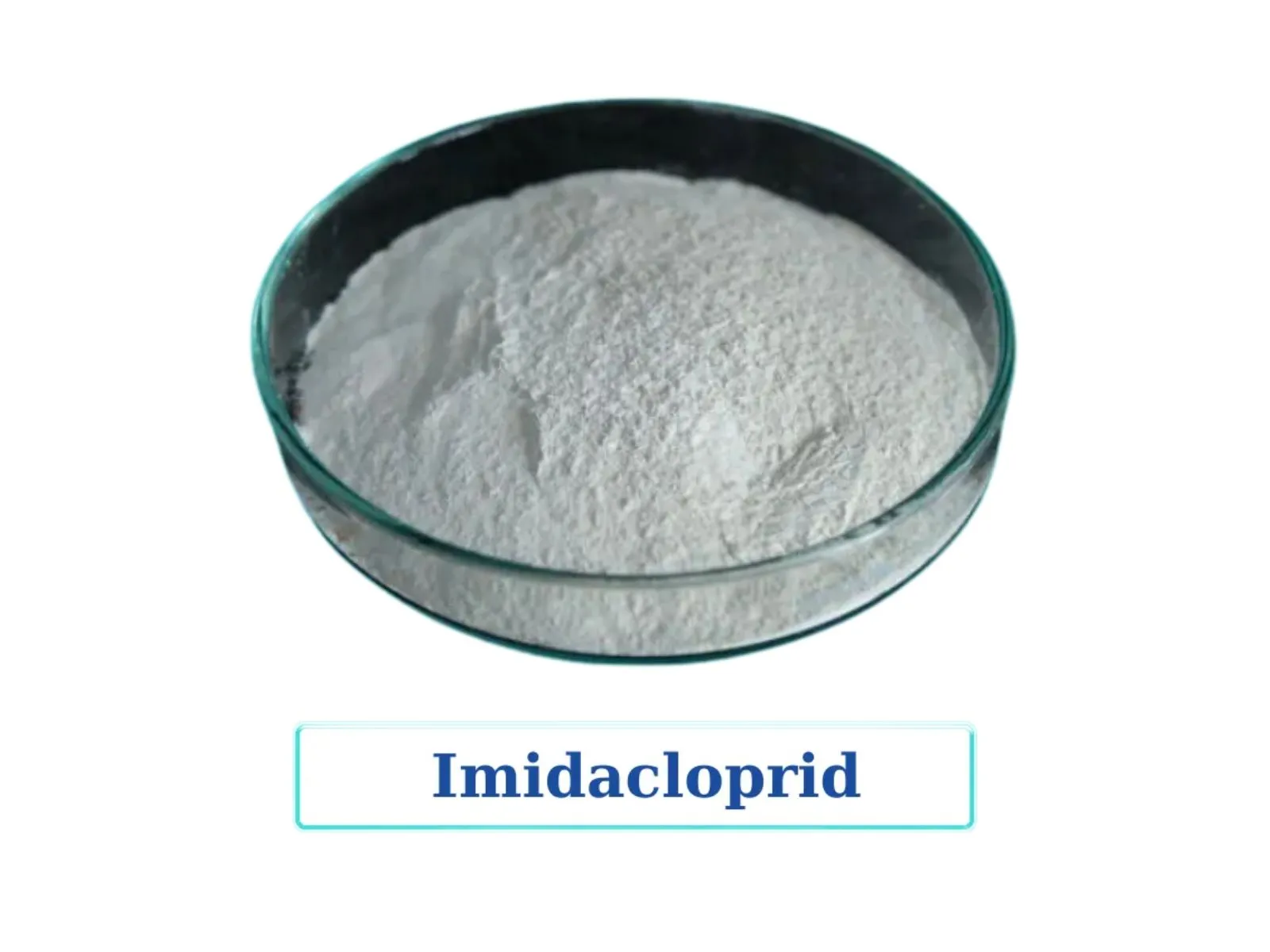
Active ingredient Imidacloprid
Brown planthoppers are not large or scary insects, but their level of destruction is extremely serious. The harmful effects of brown planthoppers are divided into two groups:
They use their piercing-sucking mouthparts to extract plant sap, particularly from rice stems and sheaths. In high densities, they cause leaf yellowing, wilting, and can even lead to “hopper burn,” where entire patches of the field die off.
This severely impairs rice growth, inhibits flowering, and drastically reduces yield and grain quality — directly hurting farmers’ incomes.
In addition to sucking sap, brown planthoppers are also vectors of viral diseases. Common diseases such as black-striped dwarf, twisted leaf dwarf and yellow dwarf can cause a complete loss of a field if not detected and treated promptly.
Unlike diseases caused by fungi or bacteria, there is no specific treatment for viral diseases. Prevention is key, and early treatment of brown planthoppers is the only way to prevent outbreaks.
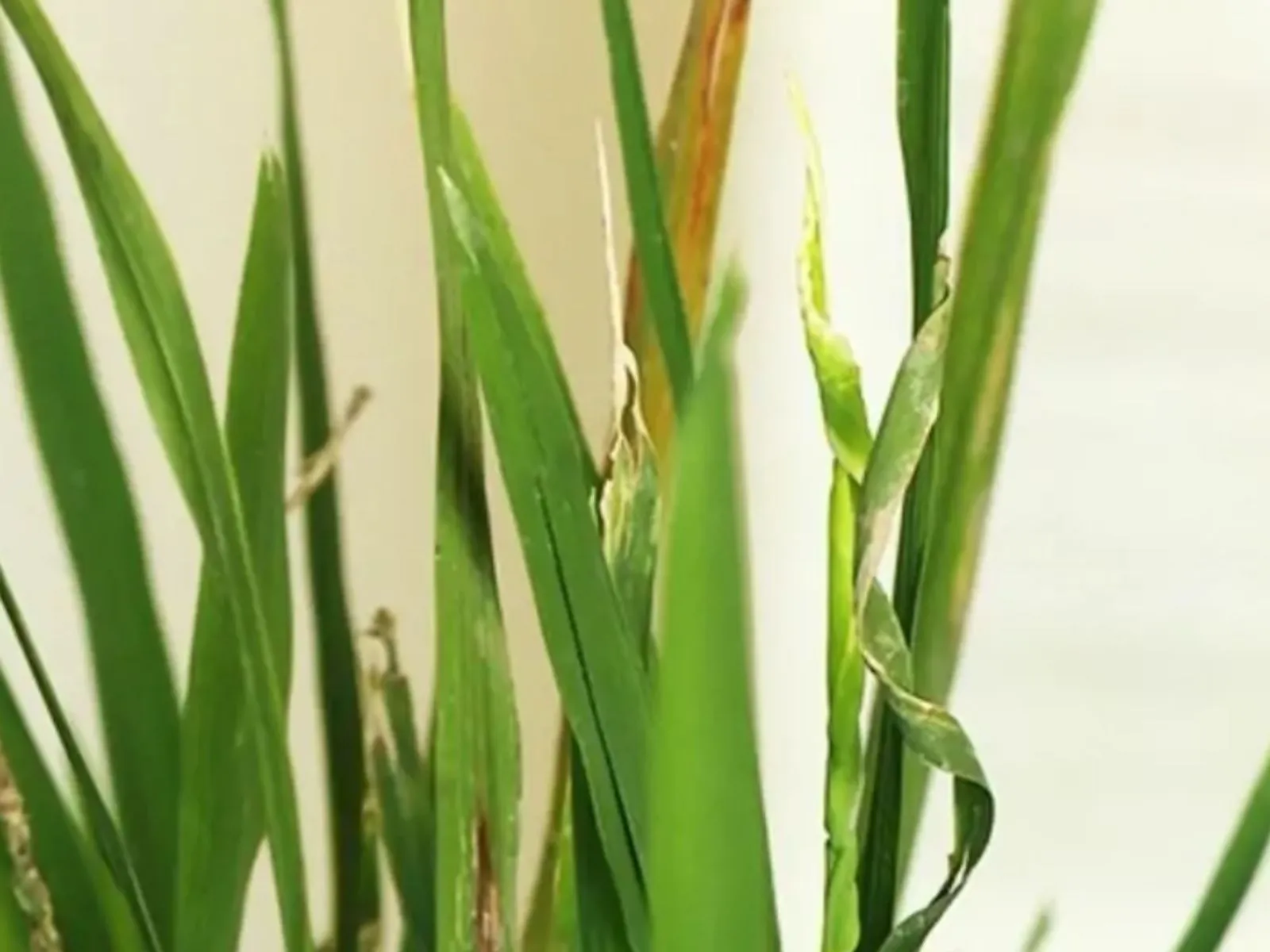
Dwarf twisted leaves and yellow leaves of rice
Among the many active ingredients used for hopper control, Imidacloprid stands out for its potency, ease of use, and popularity. Here’s why:
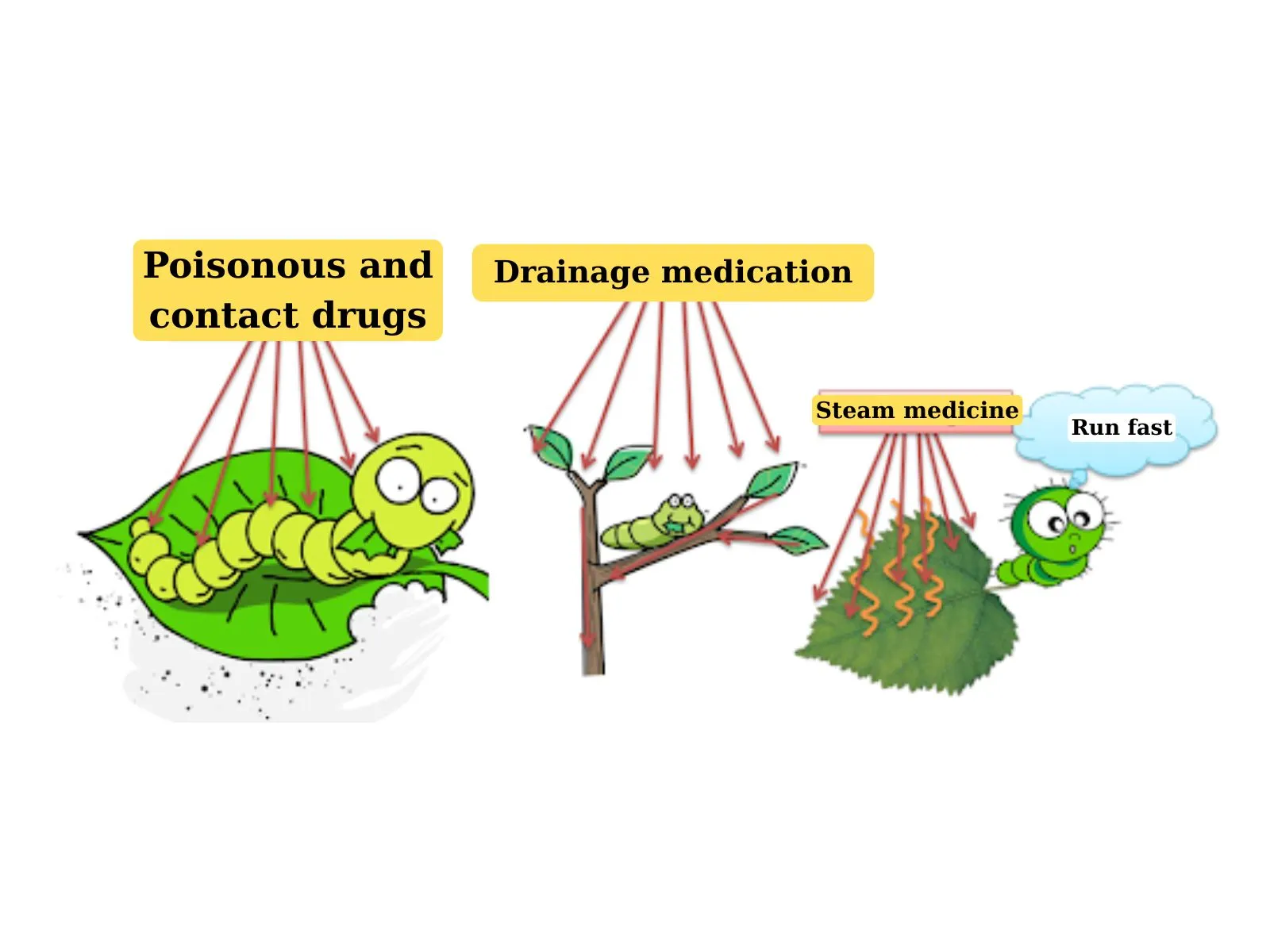
Good absorption and conduction
Effectiveness depends not just on the chemical, but also on application technique. Key guidelines include:
Spraying is not always necessary. It is best to observe the rice field regularly. When detecting a density of 3-5 planthoppers/rice stalk, treat immediately.
The rice stage from 10-35 days after sowing is the period when planthoppers develop strongly. This is also the ideal time to spray Imidacloprid for the highest efficiency.
Do not wait until the planthoppers cause obvious damage before treating. Late spraying not only reduces efficiency but also causes the rice plant to lose strength and recover slowly.
Spray the medicine in the early morning or cool afternoon, when the weather is not too sunny and there is no rain for 4-6 hours after spraying.
Make sure to spray the entire stem, sheath and underside of the leaves - where the aphids often cling. If you use a sprayer with a small nozzle, it will help save water and cover the medicine better.
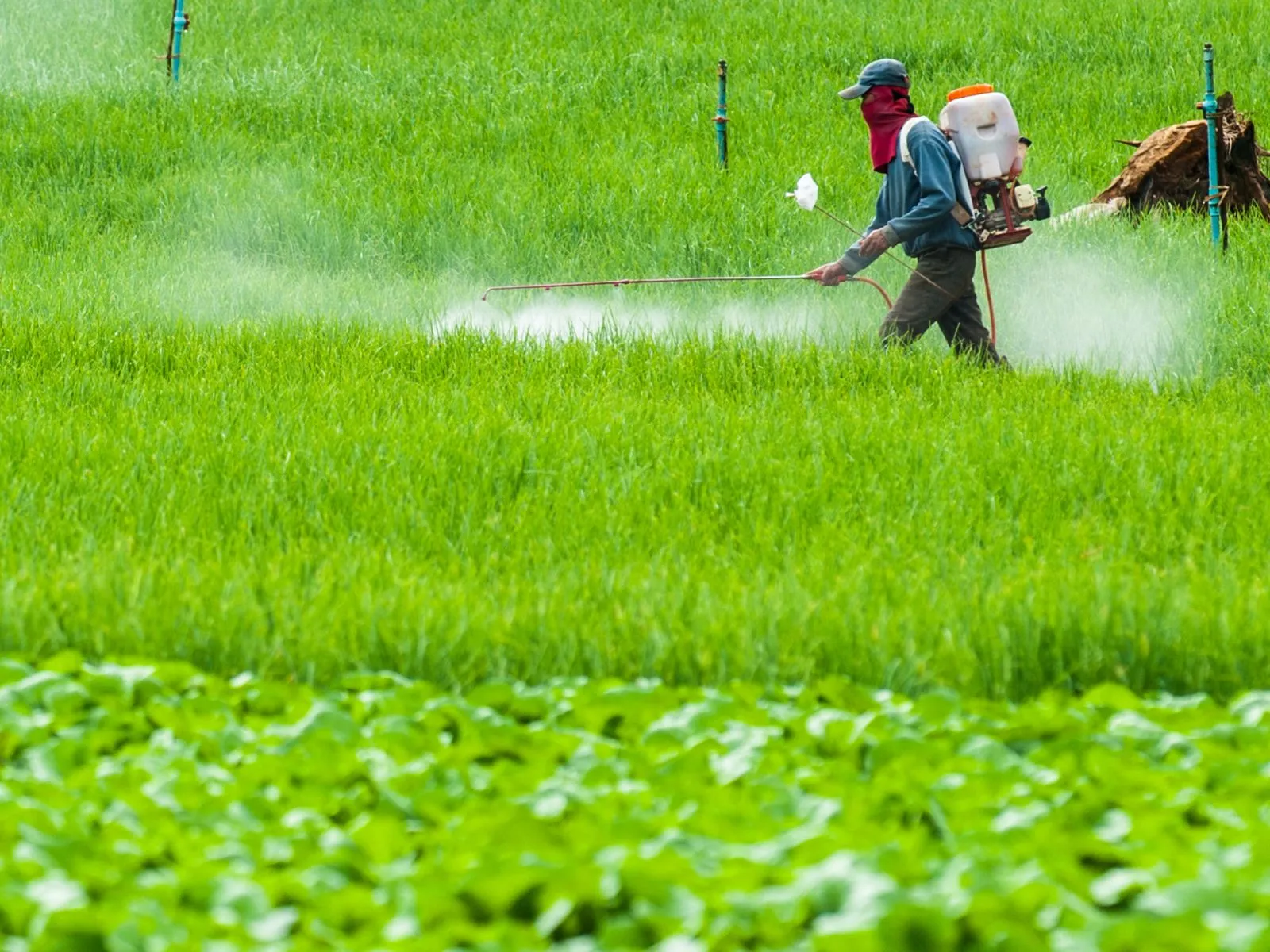
Spray evenly on rice
While highly effective, misuse can lead to unintended consequences. Keep in mind:
Repeated use over several seasons can lead to resistance. Rotate with other active ingredients like pymetrozine, dinotefuran, or flonicamid to sustain effectiveness.
Imidacloprid is a chemical pesticide so be careful when using it. Wear full protective gear, wear a mask, gloves, avoid getting the drug on your body.
Do not discharge wastewater or pesticide washing tanks into ponds, especially fish and shrimp farms. Imidacloprid can be toxic to aquatic organisms if in direct contact.
After spraying, wash your hands, change clothes, and do not use the remaining spray water for other purposes.
Medicines should be kept in a dry place, away from sunlight, and out of reach of children. Do not store with food or food.
Unfinished products should be tightly covered, clearly marked with the date of opening for use within the recommended time.
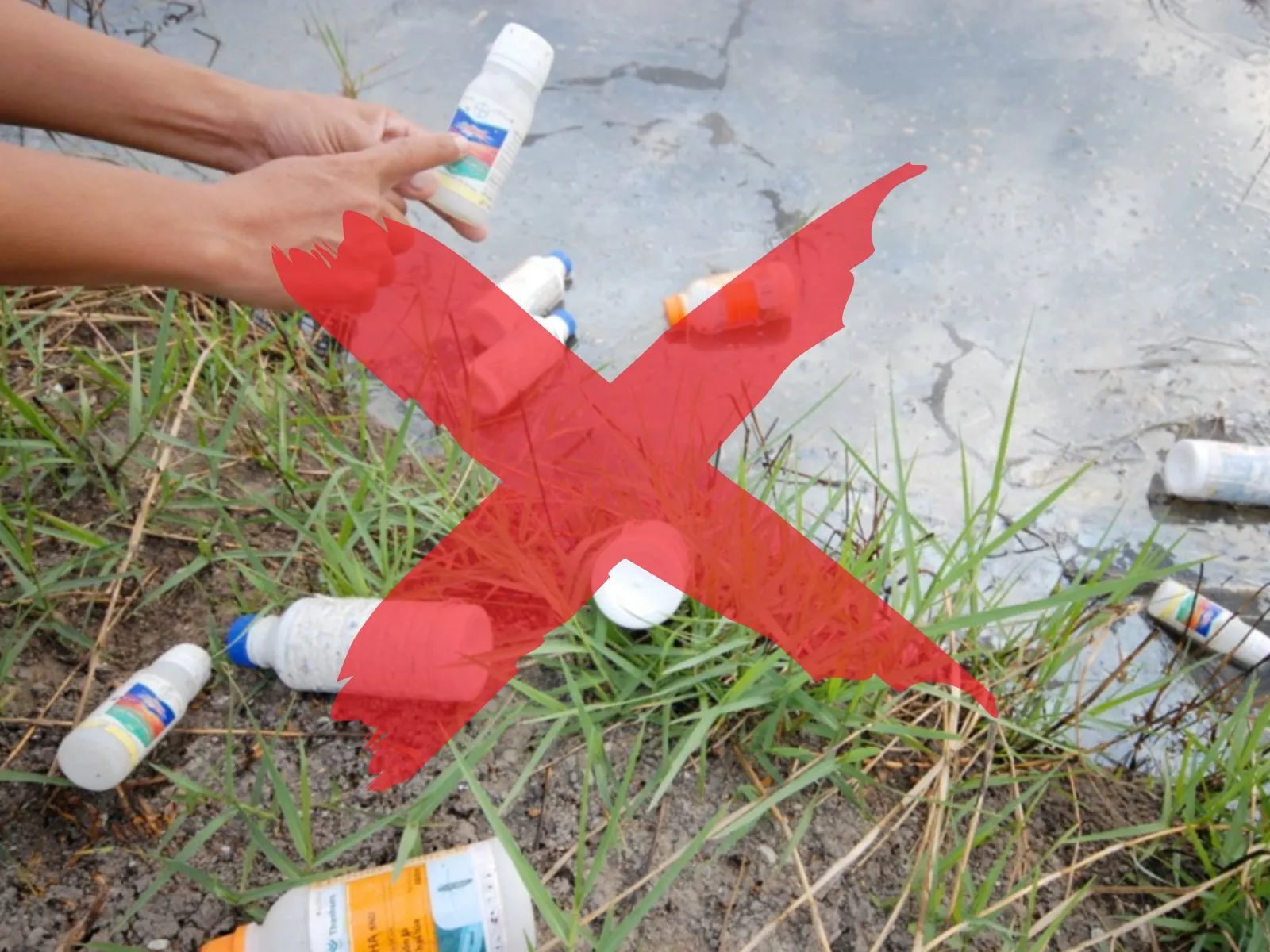
Do not discharge medicine containers into ponds or lakes.
Does Imidacloprid kill hopper eggs?
→ No. It only kills adults and nymphs. Eggs are deep inside sheaths and hard to reach. Spray early before egg-laying begins.
Can I mix Imidacloprid with fungicides?
→ Yes, but test in a small bottle first. Some powdered fungicides may cause clumping or sedimentation.
When is the best stage to use Imidacloprid on rice?
→ Use during the tillering stage (10–30 days after sowing). Avoid spraying close to harvest to ensure safe pre-harvest intervals.
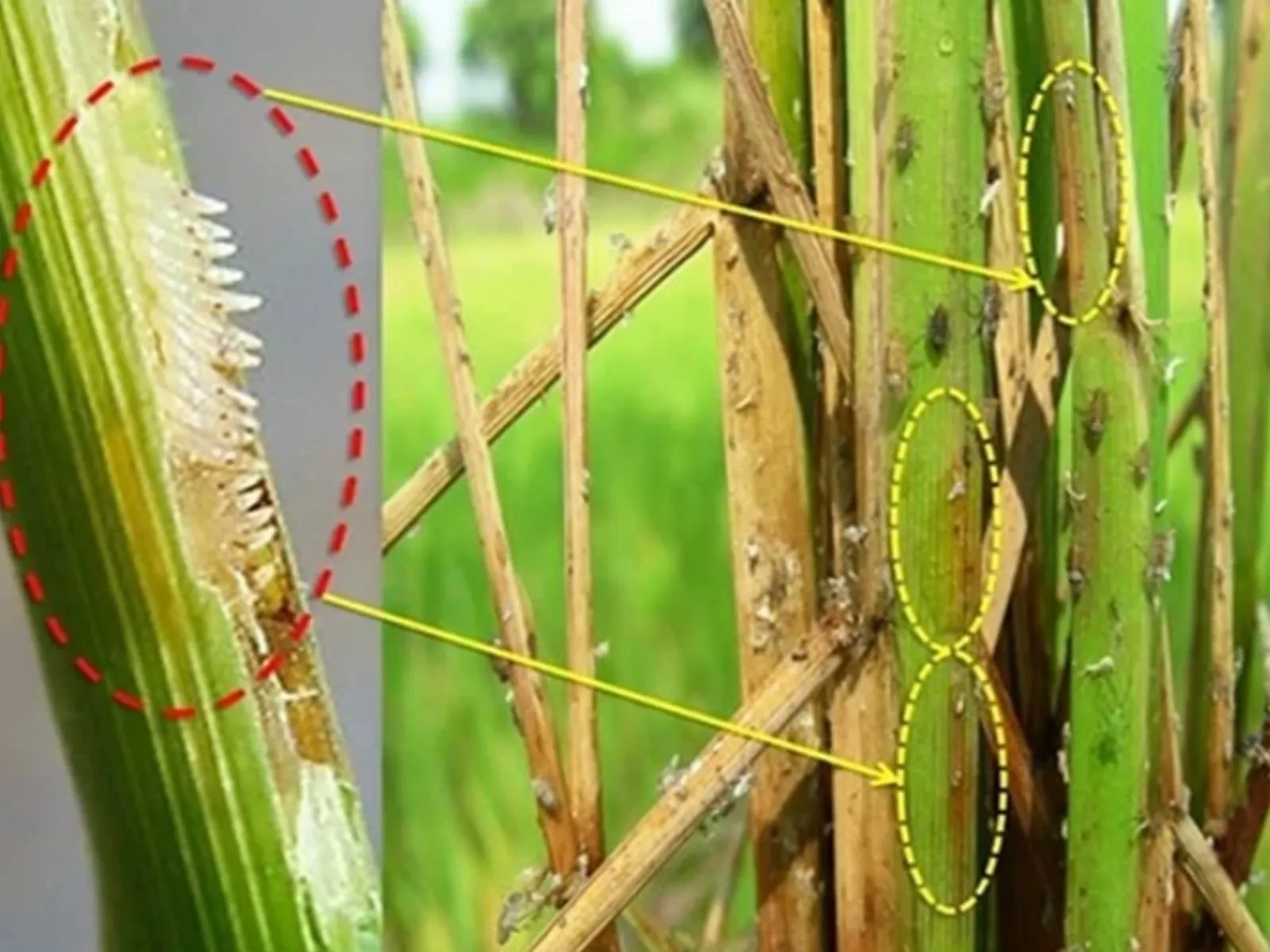
Brown planthopper eggs
Controlling brown planthoppers is a key factor in protecting crops and rice productivity. Imidacloprid not only kills planthoppers quickly but also helps save costs, effort and reduces the risk of crop failure.
With strong effectiveness, safety and ease of use, Imidacloprid is a reliable solution for killing brown planthoppers on rice, chosen by many farmers. To choose the right quality, genuine products and receive free technical advice, visit Sataka.com.vn - a place that provides effective and sustainable agricultural solutions for all crops.